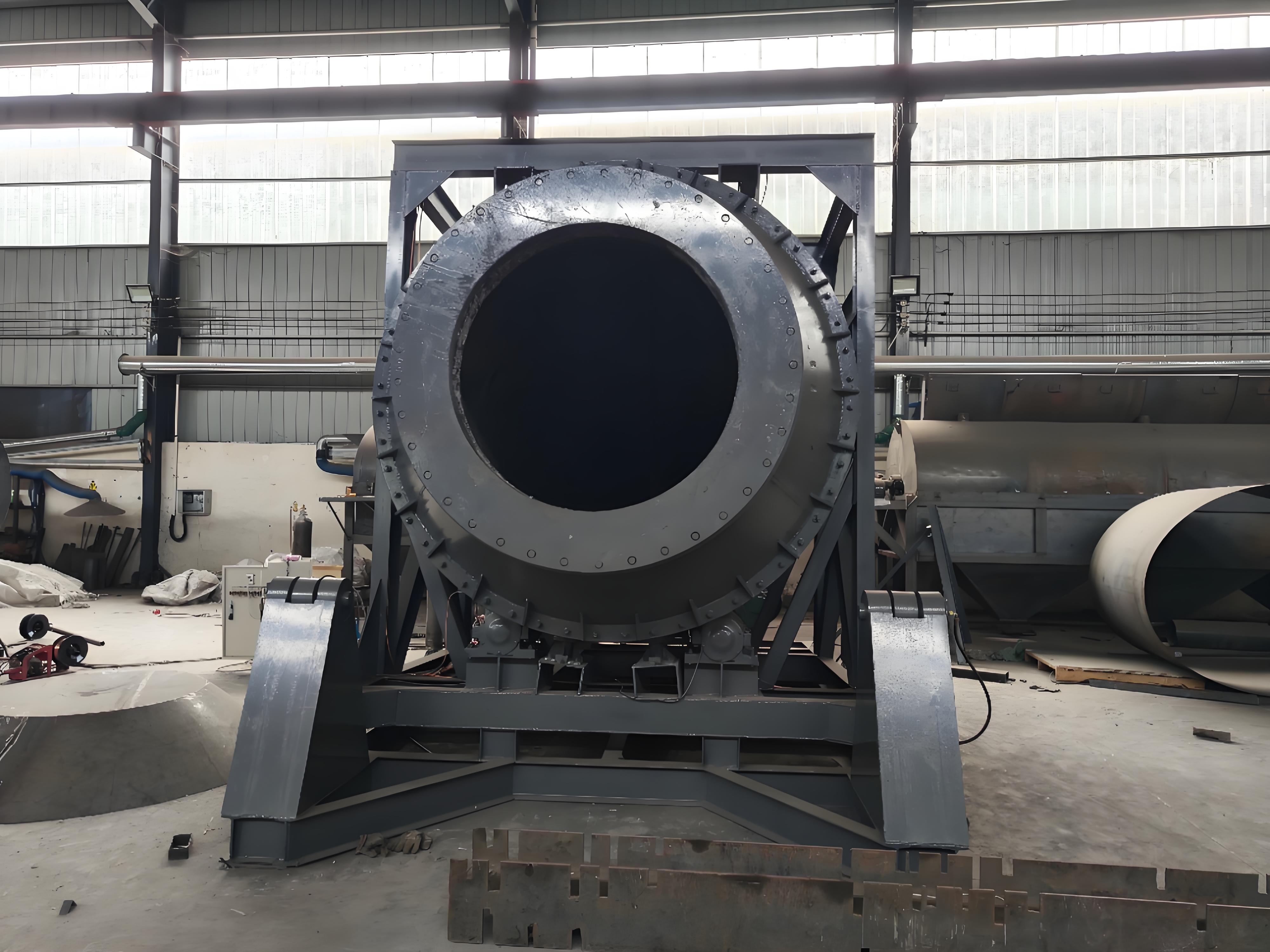NEWS&EVENTS
Home > News&Events > Company news > What impact does material filling rate have on the energy consumption and production capacity of rotary kiln?
The material filling rate can be called the "regulation code" of the rotary kiln's operating efficiency. It has a significant impact on the energy consumption and production capacity of the rotary kiln. Reasonable control of this parameter is the "golden key" to open the door to efficient operation of the rotary kiln.

Impact on production capacity: The material filling rate directly affects the material handling capacity and residence time of the rotary kiln. If the filling rate is too low, the material residence time is insufficient, the reaction is insufficient, and the production capacity decreases; if the filling rate is too high, the material layer thickens, the gas flow resistance increases, and the heat transfer efficiency decreases, which also affects the production capacity. Therefore, it is necessary to determine a reasonable filling rate based on the furnace specifications and material characteristics. For example, the filling rate of a small rotary kiln (diameter 1.5-3 meters) is usually controlled at 6%-12%, while that of a large rotary kiln (diameter 4-6 meters) can be appropriately reduced to 4%-8%. In actual production, the optimal filling rate needs to be determined through experiments or simulations. At the same time, the uniformity of the material can be improved and the production capacity can be indirectly increased by dynamically adjusting the filling rate and equipment modification (such as optimizing the furnace structure and adjusting the speed).
Impact on energy consumption: Changes in material filling rate will significantly affect the heat exchange efficiency and gas flow resistance of the rotary kiln. If the filling rate is too low, the furnace space utilization rate is low, heat loss increases, and the energy consumption per unit material increases; if the filling rate is too high, the gas flow resistance increases, the ventilation volume decreases, and the combustion is incomplete, resulting in increased energy consumption. Therefore, it is necessary to reduce energy consumption through strategies such as precise control of the filling rate, improvement of the combustion system and waste heat recovery. In addition, it is necessary to adjust the filling rate in combination with material characteristics, and introduce intelligent sensors and automatic control systems to achieve the optimal balance between energy consumption and production capacity. By reasonably controlling the filling rate, improving the equipment structure and introducing intelligent technology, the production capacity of the rotary kiln can be significantly improved and energy consumption can be reduced, achieving stable operation with high efficiency and low consumption.